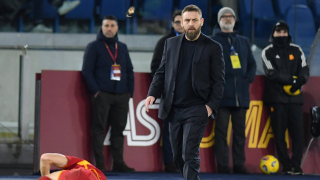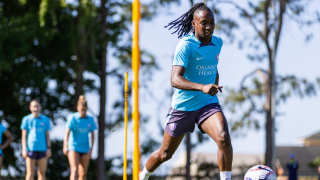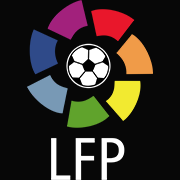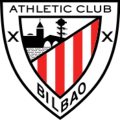Founded back on 18th July, 1898, Athletic Club is one of the oldest and most historic clubs in Europe. Based in the city of Bilbao in the Basque Country of Spain, Los Leones boast one of the most faithful fanbases in Spain, with their stadium, called San Mamés, attracting football enthusiasts from all around the world on matchdays. From their unique Basque policy to the story behind the name of their home ground, here are five things you may not know about Athletic Club.
The curious reason why Athletic Club don red and white kits
At the end of the 19th century, Basques were introduced to football by British workers, as well as locals who returned from their studies in the United Kingdom. Athletic Club's original all-white shirts were replaced by blue and white shirts when Juan Moser, an Irish descendant living in Bilbao, gifted the kits to the team in 1902, before they embarked on their victorious campaign in the Copa de la Coronación, the former name of the Copa del Rey. Seven years later, player and board member Juan Elorduy was assigned by the club with the task of bringing back a set of blue and white jerseys from his trip to England. Unable to find these colours, Elorduy, in Southampton at the time, spotted the red and white kits of the local team. Considering they matched the colours of the official flag of Bilbao, he bought several shirts and brought them back to the Basque city by ferry. The board approved the change of colours and from that point on Athletic Club have been donning the iconic red and white jersey.
The Basque player policy
Taking pride in their own, Athletic Club have earned plaudits for what is dubbed their “Basque player policy". Back in 1912, Los Leones established a policy of fielding players who were born or brought up in the Basque country. “The club's sporting philosophy is governed by a code which states that Athletic Club may only field players who have come through its own academy or the academies of other clubs in the Basque Country, or players who were born in the following territories which constitute the Basque Country: Biscay, Gipuzkoa, Alava, Navarre, Labourd, Soule and Lower Navarre," explains the club's official website. This philosophy is rather unique in European football, with Athletic Club hailed for managing to compete at the highest level while only using players who embrace the club's values, including youngsters promoted from the famous Lezama academy.
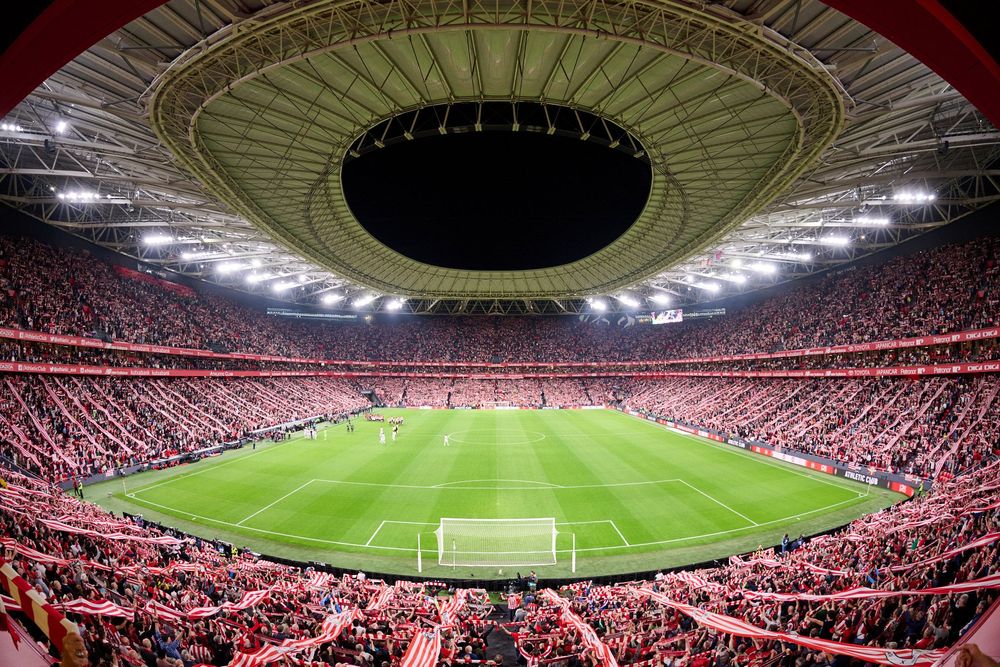
One of the most successful Spanish clubs
Given their Basque player policy, you might assume Athletic Club would struggle to compete for major trophies. However, Los Leones are the third-most successful club in Spain in terms of domestic trophies won. In fact, only FC Barcelona (31) have won more Copa del Rey titles than Athletic Club (23), who have also celebrated eight LALIGA EA SPORTS triumphs (1929/30, 1930/31, 1933/34, 1935/36, 1942/43, 1955/56, 1982/83 and 1983/84). The Basques have managed to achieve this without ever being relegated to the Spanish football's second tier. In fact, Athletic Club are one of the three clubs, along with Real Madrid and FC Barcelona, to have never dropped out of the first division.
The story behind San Mamés' name
The name of Athletic Club's ground is San Mamés and there is rich history rooted in this name. Its true origin dates back to the martyrdom of Mamés (Mammes) in the Byzantine Empire. Born around 259 in Caesarea, Cappadocia, Mammes became known for his devout Christian faith and charitable acts, despite facing persecution and torture. Legend has it that he managed to pacify several lions after being thrown to them by the Romans. He died in 275 and devotion to him spread globally, with a shrine to Mammes established in Bilbao by 1447. This shrine eventually evolved into the San Mamés asylum, adjacent to which the iconic San Mamés stadium was opened in 1913. In fact, both the club's home ground (San Mamés) and their nickname (Los Leones) were introduced to honour the martyr. Known as The Cathedral, a new stadium was rebuilt on the same site and reopened in 2013, and the 53,000-capacity venue has won multiple awards.
Opponents pay homage to Pichichi
Born in Bilbao on 23rd May, 1892, Rafael Moreno Aranzadi, known as Pichichi, led his team to four Copa del Rey trophies, as well as five regional championships. Having netted a whopping 83 goals in 89, games, he was considered as one of the most prolific scorers in Spanish football at the time. After passing away, the club decided to honour him by building a statue of Pichichi that was completed in December 1926. One month later, the players of Hungarian side MTK Budapest laid a bouquet of flowers next to statue before the kick-off of their friendly clash against Athletic Club. From that point on, the gesture turned into a tradition and captains of the teams that play at San Mamés for the first time pay homage to the Athletic Club legend by laying flowers beside the statue. To honour him, Spanish sports newspaper MARCA has also awarded the Pichichi Trophy to the top goalscorer in LALIGA EA SPORTS every season since 1952/53.







